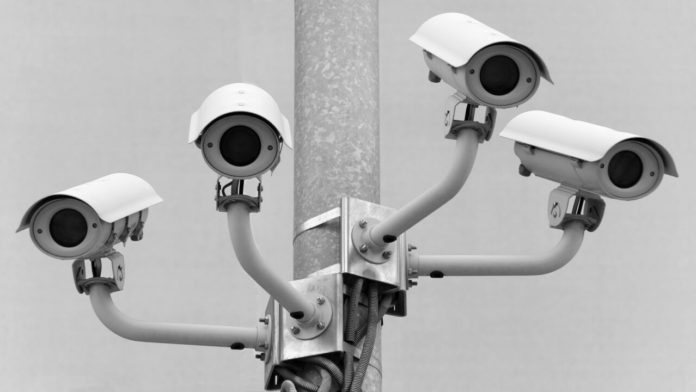CCTV cameras are pervasive. Streets, malls, homes, offices, hospitals and etc., there is no escaping them. Almost everything happening out in public is being captured somewhere. Crime fighting agencies and departments have used CCTV footage to establish the sequence of events and gather important evidence. Consequently, this has helped them in a big way to solve many crimes. Live monitoring could help prevent crimes as well.
However, you must continuously monitor the CCTV footage. Unless there are humans deployed to decipher what’s there in the footage, all this footage is of no use. Someone has to monitor hours and hours of boring footage to capture just a few seconds of critical evidence. Not surprisingly, it is wastage of human hours, not to mention how utterly boring the job can be.
Using Computer Vision Technology
Matroid, based out of Palo Alto, California, is working on a solution that uses AI-based computer vision technology to monitor and analyze CCTV feed. With its computer vision capabilities, it can automatically recognize objects and people in the CCTV footage.
The company recently announced $10 million funding from NEA and Intel Capital for video stream monitoring solution. With an existing investment of $3.5 million, the total investment in Matroid is $13.5 million.
Potential Market
With almost every establishment using CCTVs now, the potential market for such a solution is immense. Matroid’s founder, Reza Zadeh, however, says the company’s focus right now is the media industry as well as security firms. While big companies plan to use Matroid technology to monitor their brands and key executives appearing on TV broadcasts, security companies, and even firms operating in other domains to continuously monitor their CCTV footage and raise a flag.
Intel: An Investor, and a Customer as Well
Matroid is playing it smartly by not only bringing in Intel as a strategic investor but also as a customer. It is building its computer vision technology capabilities on Intel’s chips. Matroid and Intel both stand to gain from this collaboration. While Matroid gets Intel’s massive reach to a huge world-wide market, Intel gets cutting-edge, off-the-shelf technology. Matroid would have needed a lot of capital and time to build its own hardware with computer vision technology.
While intensive computations are moving in the cloud, real-time video analysis demands much faster response times. Therefore, having computer vision technology and analysis built right on the chips will see the real benefits of the technology.
Zadeh, who was a professor at Stanford, is also trying to build a community around Matroid. He recently organized a conference that witnessed participation from industry giants such as Intel, Google, NVIDIA, Elon Musk’s OpenAI, and many other companies and research organizations.


















